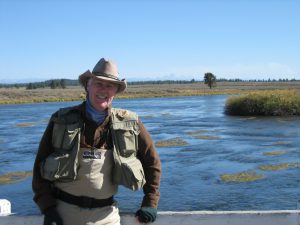Henry’s Fork 9-14-16
The lower river offers some daytime fishing thanks to grass hopper populations. Next week look for fish showing more interest in tiny BWOs because of predicted stormy weather. We are in the season to begin thinking streamer presentation for brown trout especially during conditions like predicted for next week.



